Do You Have an Engineer's Brain?
arbo_retum
9 years ago
Related Stories
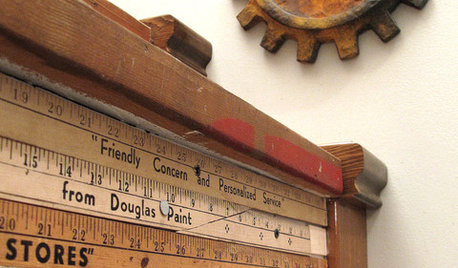
DECORATING GUIDESGeek Chic: When Left and Right Brains Live in Harmony
Live with a brainy type? Math and science can make great decor
Full Story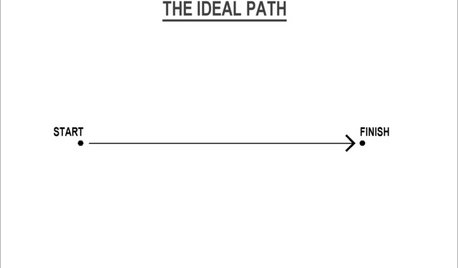
MOST POPULARThe Many Paths of Design, Part 1
Blame engineering issues, unforeseen revisions or even the Internet. As these diagrams show, it's probably not your fault
Full Story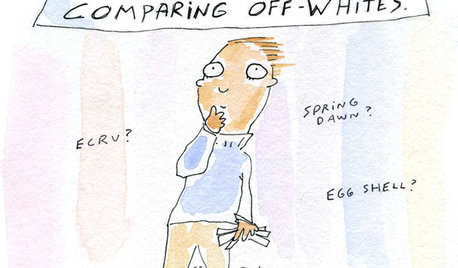
MOST POPULAR8 Clues You're a Creative Type
You always knew you were different. And if these traits fit, now you'll know why
Full Story
COFFEE WITH AN ARCHITECTArchitect or Zombie?
Hunched over a drafting table through the wee hours, subsisting on coffee and esoteric knowledge ... architects may not be what you think
Full Story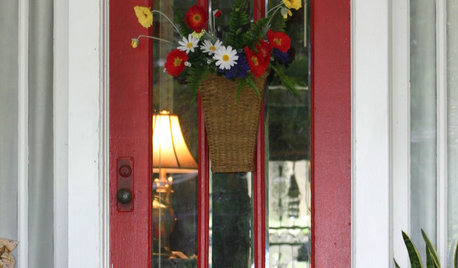
REDCrazy for Crimson: 10 Ways to Fall for This Rich Red
The Crimson Tide's winning color does wonders to enliven its surroundings.
Full Story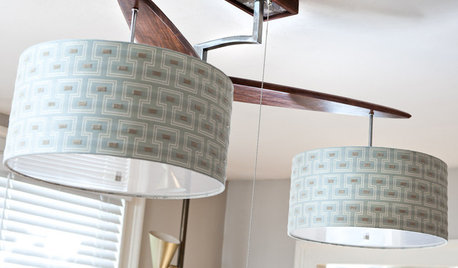
TASTEMAKERSTastemakers: Talents Shine in New Lighting Designs
Inside Inspired Wire Studio, she says "Wouldn't it be cool if...?" and he makes it come to life
Full Story
GREAT HOME PROJECTSWhat to Know Before Refinishing Your Floors
Learn costs and other important details about renewing a hardwood floor — and the one mistake you should avoid
Full Story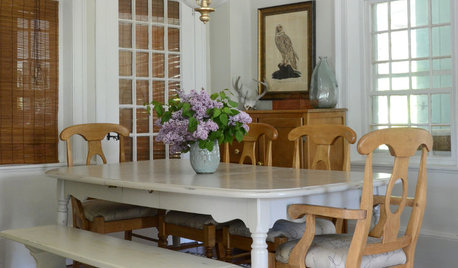
HOUZZ TOURSMy Houzz: New Life for a Dilapidated Cape Cod
Neutral colors, classic furnishings and coastal touches outfit a floral designer and her husband’s Massachusetts home
Full Story
ECLECTIC STYLESee How a Bright Victorian Apartment Got Its Collected Look
Arriving in San Francisco with little but a chair and bed, a couple hits on an interior style that feels collected over time
Full Story





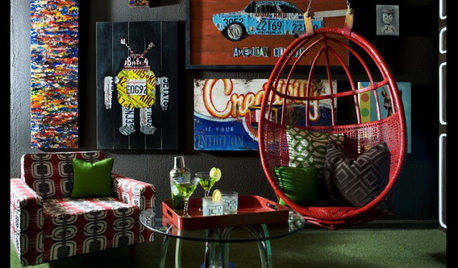

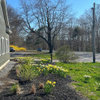

User
mad_gallica (z5 Eastern NY)
Related Professionals
Clark Landscape Architects & Landscape Designers · Erie Landscape Architects & Landscape Designers · Folsom Landscape Architects & Landscape Designers · Milwaukee Landscape Architects & Landscape Designers · River Forest Landscape Architects & Landscape Designers · Seabrook Landscape Architects & Landscape Designers · Severn Landscape Architects & Landscape Designers · South Orange Landscape Architects & Landscape Designers · Arlington Landscape Contractors · Cicero Landscape Contractors · Middletown Landscape Contractors · Monterey Landscape Contractors · Northport Landscape Contractors · Red Oak Landscape Contractors · North Hills Landscape Contractorsedlincoln
prairiemoon2 z6b MA
gyr_falcon
arbo_retumOriginal Author
jadeite
diggerdee zone 6 CT
TexasRanger10
prairiemoon2 z6b MA
arbo_retumOriginal Author
User
rouge21_gw (CDN Z5b/6a)
arbo_retumOriginal Author